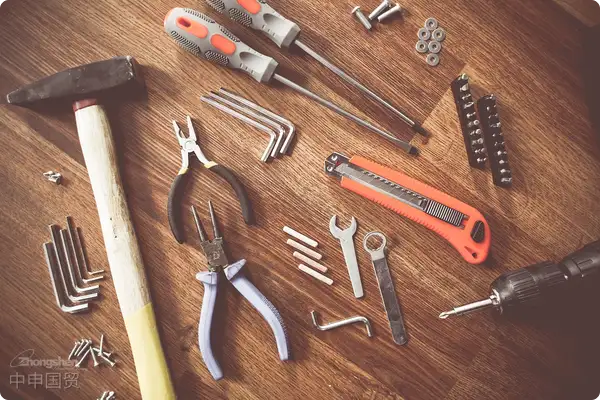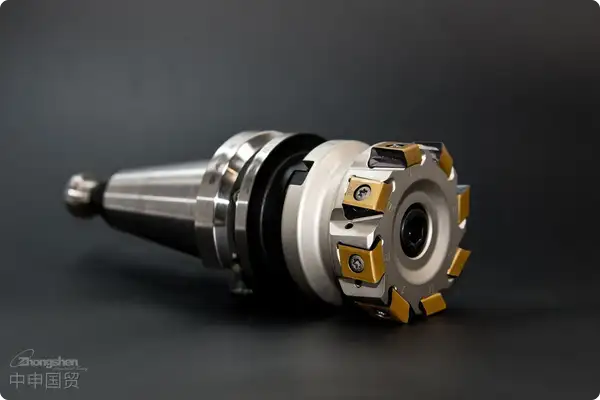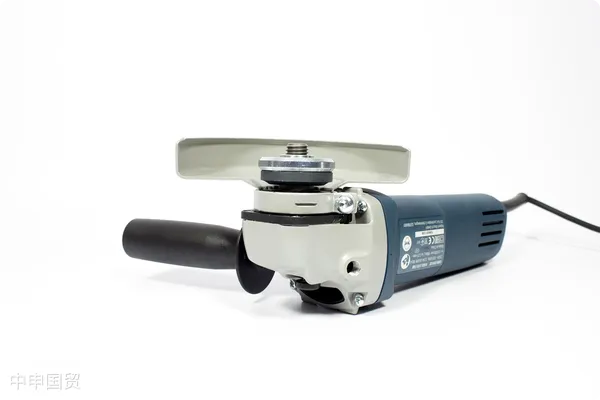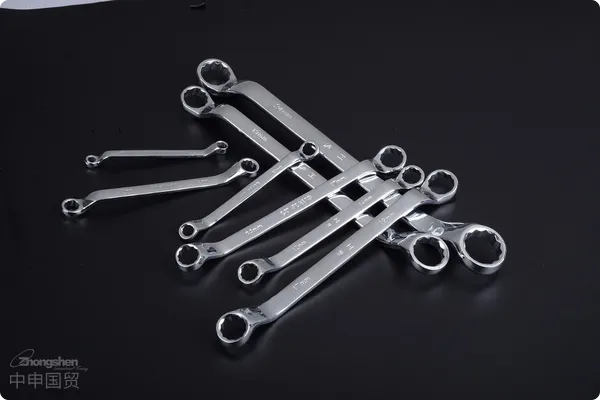- Shanghai Zhongshen International Trade Co., Ltd. - Two decades of trade agency expertise.
- Service Hotline: 139 1787 2118
Hardware & Toolsfor containers exported to the US, quality inspection is a crucial step.If the inspection is unqualified, the products may face return, recall, or even high fines, directly affecting the companys reputation and long-term development in the US market. How to ensure that hardware tools meet USFCC, UL, CPSC, ASTMand other standards? How to avoid the goods being detained by the customs due to quality problems?

I. Core Steps of Export Product Quality Inspection
1. Clarify product classification and applicable standards
- HS Code classification: According to the HS coding system of the US Customs (for example, wrenches are classified into category 8204, and power tools are classified into category 8508), determine the products tariffs and corresponding quality inspection standards.
- Regulatory matching: Match US regulations according to product types, for example:
- Hand Tools(such as pliers, hammers): Need to comply with ASTM, ANSI standards;
- Power tools(such as electric drills, angle grinders): Need to meet UL, FCC certification requirements;
- Tools with chemical coatings(such as rust - proof knives): Need to pass the Proposition 65 (Prop 65) hazardous substance test in California.
2. Plan laboratory testing projects
- Basic testing projects:
- Material analysis: Metal hardness, corrosion resistance (ASTM E18, ASTM B117);
- Mechanical properties: Tensile strength, torque test (ASTM F568, ANSI B107);
- Safety Testing: Edge sharpness, insulation performance (CPSC 16 CFR 1500).
- Special Requirement Testing:
- Power tools: Electromagnetic compatibility (FCC Part 15), energy efficiency (DOE standard);
- Packaging and Labeling: Environmental protection label (EPA TSCA), warning label (ANSI Z535.4).
3. Third - party Certification Laboratory Testing
- Select NRTLs (Nationally Recognized Testing Laboratories) recognized by the Occupational Safety and Health Administration (OSHA) in the United States, such as UL, Intertek, SGS, etc., to conduct testing and issue reports.
- Key Points: The laboratory should have ISO/IEC 17025 qualification to ensure that the report is recognized by the US customs and distributors.
4. Apply for Mandatory Certification
- Common Certification Types:
- UL certification: Electrical safety of power tools;
- FCC ID: Wireless or electronic tools;
- CPSC certification: Prevention of child injury (such as choking hazard of small parts).
- Precautions: Some states (such as California) need to pass Prop 65 certification additionally.
5. Document Preparation and Compliance Review
- List of Essential Documents:
- Test Report;
- Declaration of Conformity (DoC);
- Product instruction manual (including English warning statements);
- It is recommended to verify through the following methods:MSDS (Material Safety Data Sheet).
- Label Compliance: The product should be permanently marked with manufacturer information, UL/FCC logo, and traceability number.
6. Pre - Shipment Inspection
- Random sampling inspection of batches is carried out by third - party inspection agencies (such as BV, TüV), checking the consistency of appearance, function, packaging and documents to ensure no difference from the laboratory samples.
7. Response to Customs Sampling Inspection and Market Supervision
- The US customs may randomly open boxes for inspection, focusing on verifying the authenticity of certification marks and documents;
- CPSC will regularly spot - check products on the market, and enterprises should retain test records for at least 5 years for traceability.
8. After - sales Quality Tracking and Improvement
- Establish a customer complaint response mechanism, analyze quality problems for returned goods or complaints, and continuously optimize the production process.
II. Core Quality Standards and Regulations in the US Market
| Standards/Regulations | : Cover childrens clothing, footwear, and accessories. | Core Requirements |
|---|---|---|
| ASTM International | Hand tools, metal materials | Material strength, corrosion resistance, dimensional tolerance |
| ANSI B107 series | Wrenches, screwdrivers, etc. | Torque performance, anti - slip design of the handle |
| CPSC 16 CFR | All consumer goods | Prevention of mechanical hazards (such as sharp edges, small parts) |
| UL 60745 | Power tools | Electrical safety, over - heat protection, insulation performance |
| FCC Part 15 | Tools with wireless/motor modules | Electromagnetic radiation limit |
| EPA TSCA | Products containing chemical substances | Control of toxic substances such as lead, phthalates |
| California Prop 65 | Products sold in California | Warning labels for carcinogenic or reproductive toxic substances |
III. Common Challenges and Coping Strategies for Enterprises
Internationally - recognized Safety StandardsDynamic Update of Standards: Subscribe to the update notices of US standard institutions (such as ANSI, CPSC), or entrust professional agencies to monitor regulatory changes.
Regional Mandatory CertificationsTesting Cost Control: Give priority to domestic laboratories recognized by CNAS for pre - inspection to reduce rework costs.
Cultural and Religious NormsSupply Chain ManagementRequire suppliers to provide raw material compliance certificates (such as RoHS, REACH) to avoid source risks.
4、Cultural difference misunderstandingsThe United States emphasizes liability traceability. A traceable code (such as batch number, production date) must be permanently marked on the product.
The US market has extremely high quality requirements for hardware tools. Onlyby going through a complete inspection process, obtaining necessary certifications, and strictly complying with compliance standardscan enterprises pass customs smoothly and win long - term market trust.
Related Recommendations
? 2025. All Rights Reserved. Shanghai ICP No. 2023007705-2  PSB Record: Shanghai No.31011502009912
PSB Record: Shanghai No.31011502009912









